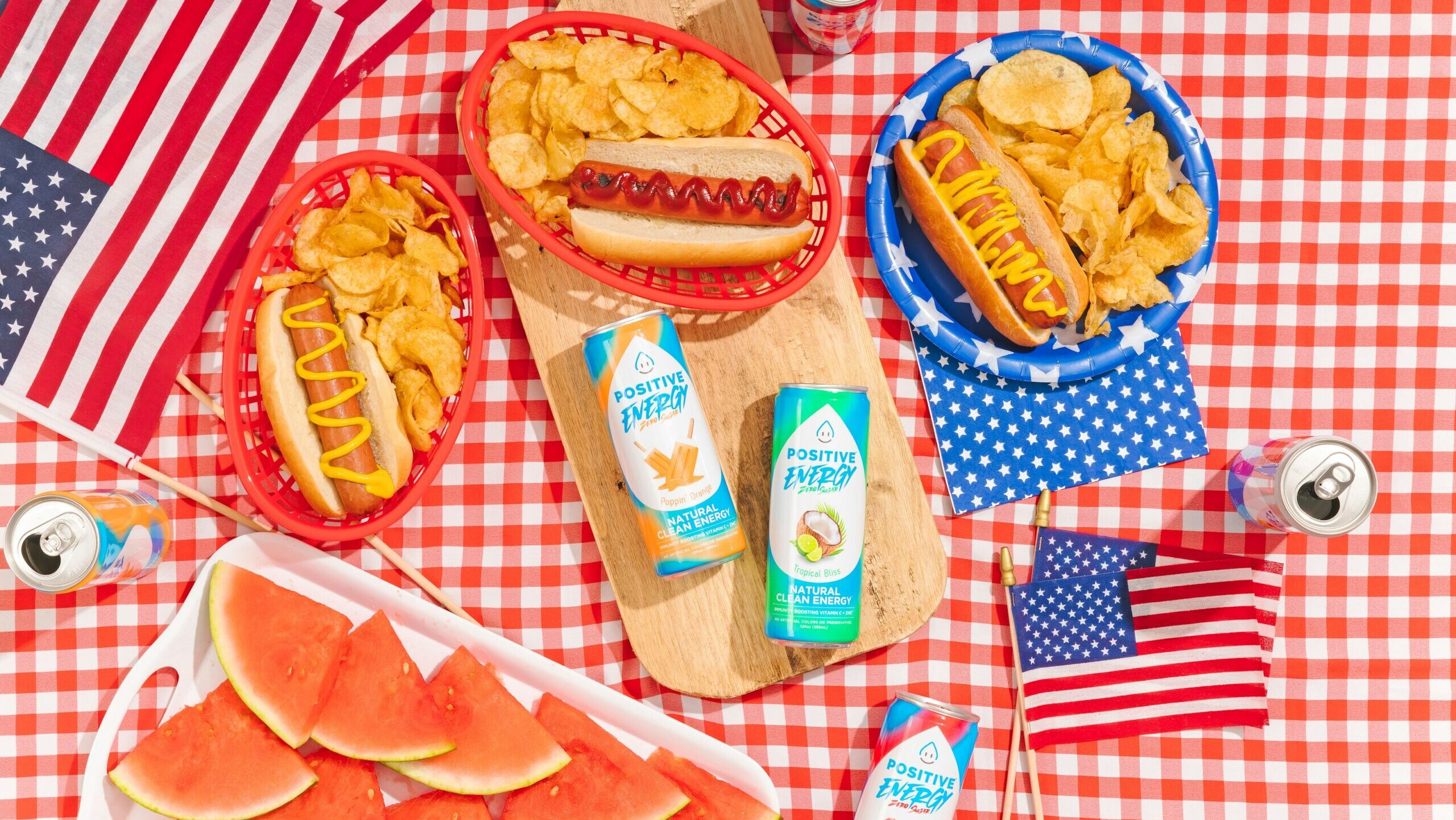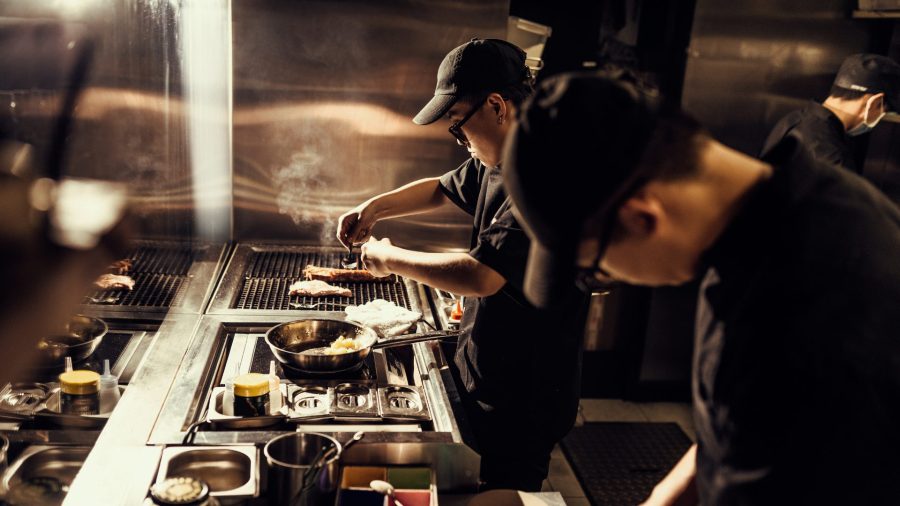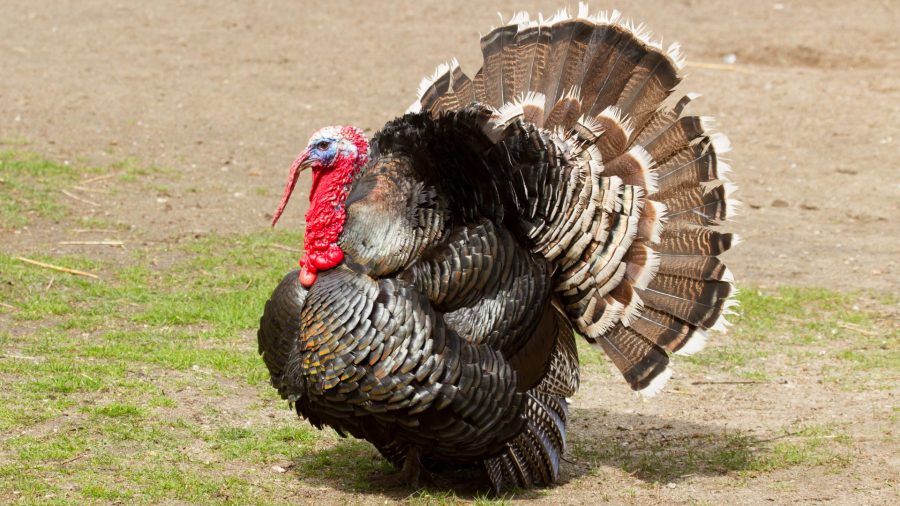Prices and interest rates are going up, shrinkflation is hitting packaged foods with products either getting smaller or lighter, and consumers and producers both are growing anxious over what a possible recession will bring.
The question is what they are going to do about it.
The latest government report showed the gross domestic product shrank for the second straight quarter – the textbook definition of a recession – but economists are split over whether a downturn is underway, given that unemployment is around historic lows.
The key, they say, is consumer confidence, but the news from the Conference Board is not good: down for May, June and July.
Tad Carmody, an Ernst & Young executive, told The Food Institute consumers already are shifting their spending habits.
“The number of consumers likely to fix something versus replace it jumped from 53% in February to 69% in June, marking the single biggest jump we’ve seen in two years. [Future Consumer Index] data also revealed that 85% of consumers are making an effort to reduce their overall food waste,” Carmody said.
“For companies, it’s all about rethinking what inspires a purchase. Consumers are no longer interested or able to spend on trending products, so companies should focus on what sets them apart – and a good place to start is with customer experience. Implementing technology that provides customer insights and looking for new channels to engage with consumers goes beyond just one purchase and sets retailers apart from a wide range of competition.”
Pricey brands may take a hit as consumers search for less expensive alternatives like private label products. Carmody said, however, brand loyalty remains important in certain areas, especially when it comes to beverages and beauty products.
Still, consumers appear to be reducing discretionary food spending. Paul Brenner, president of Audio OOH and chief strategy officer at Vibenomics, said it doesn’t matter that a recession has not been declared officially.
“The U.S. online grocery market totaled $7.1 billion for May, down 12.3% from $8.1 billion in April. To save money, customers are opting to do their own shopping and ditching food delivery services – shoppers are finding their way back into brick-and-mortar grocery stores,” he said.
“For retailers looking to maximize customer touchpoints in-stores, this increase in foot traffic can provide some powerful advertising opportunities that convert impressions into sales. Especially with digital marketing becoming increasingly competitive and restricted, brands looking to survive the recession should be prioritizing their in-store presence.”
The Wall Street Journal reported (Aug. 1) companies are adjusting. Kraft Heinz unveiled $1 Lunchables and 10-packs of Kraft Mac & Cheese while PepsiCo is stocking some stores with lower-priced snacks and Danone announced it was upgrading the formula and packaging for Activia, Oikos and Silk yogurts.
“Shrinkflation tends to come in waves,” Edgar Dworski, who has been tracking shrinkflation for decades, told PBS (July 29). “We happen to be in the middle of a tidal wave at the moment. That’s because of inflation.
“Manufacturers rely on both raising the price and shrinking the product. They know consumers are price conscious.”
But there is an upside to shrinkflation.
“One positive that downsizing has produced is the increase in variety and quantity a consumer buys as the retailer can fit more items onto the shelf for variety and consumers can fit more into their freezers,” said Ben Wynkoop, global industry strategist for grocery and convenience at Blue Yonder.










